Loading
Click to zoom
In 8 carts
Sale ends in 22 hours
Price: from €7.73
Original Price: from €8.60 (10% Off)
Loading
VAT included (where applicable), plus shipping
Star Seller
Star Sellers have an outstanding track record for providing a great customer experience—they consistently earned 5-star reviews, shipped orders on time, and replied quickly to any messages they received.
| 10,576 sales |
5 out of 5 starsSize
Select an option 5x5 inch stencil (€7.73) 6x6 inch stencil (€8.47) 8x8 inch stencil (€12.44) 10x10 inch stencil (€14.56) 12x12 inch stencil (€16.42)
Please select an option
Quantity
1234567891011121314151617181920212223242526272829303132333435363738394041424344454647484950515253545556575859606162636465666768697071727374757677787980818283848586878889
Star Seller. This seller consistently earned 5-star reviews, shipped on time, and replied quickly to any messages they received.
This seller consistently earned 5-star reviews, shipped on time, and replied quickly to any messages they received.
Listed on Feb 27, 2023
23 favorites
Report this item to Etsy
Choose a reason…There’s a problem with my orderIt uses my intellectual property without permissionI don’t think it meets Etsy’s policiesChoose a reason…
The first thing you should do is contact the seller directly.
If you’ve already done that, your item hasn’t arrived, or it’s not as described, you can report that to Etsy by opening a case.
Report a problem with an order
We take intellectual property concerns very seriously, but many of these problems can be resolved directly by the parties involved. We suggest contacting the seller directly to respectfully share your concerns.
If you’d like to file an allegation of infringement, you’ll need to follow the process described in our Copyright and Intellectual Property Policy.
Review how we define handmade, vintage and supplies
See a list of prohibited items and materials
Read our mature content policy
The item for sale is…not handmade
not vintage (20+ years)
not craft supplies
prohibited or that use prohibited materials
not properly labeled as mature content
Please choose a reason
Tell us more about how this item violates our policies.Tell us more about how this item violates our policies.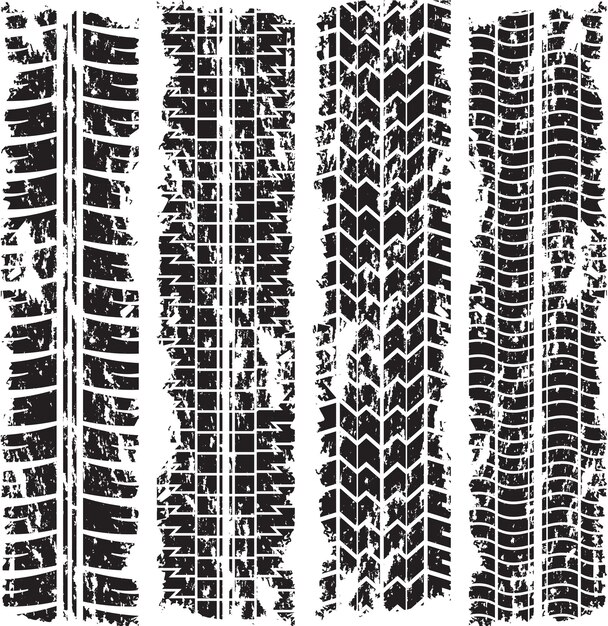
All categories
Craft Supplies & Tools
(No reviews yet) Write a Review
Rating Required Select Rating1 star (worst)2 stars3 stars (average)4 stars5 stars (best)
Name
Email Required
Review Subject Required
Comments Required
On Sale
Now: $19. 12
12
Was: $22.00
Frequently bought together:
Item: Tire Tracks Effects Airbrush Stencils A
Tracks 2 in 1
From the Manufacturer:
Material: Kraft paper
How to use: Spray the leak close to the surface of the model and just spray it.
Maintenance:
It can be put in a plastic bag, washed with pen-washing liquid, and allowed to dry naturally.
If the leaked spray paper is bent and deformed, it can be ironed with an electric iron.
View AllClose
View AllClose
Out of stock
On Sale
Notify Me
Quick view
AMMO by Mig Jimenez
Now: $19.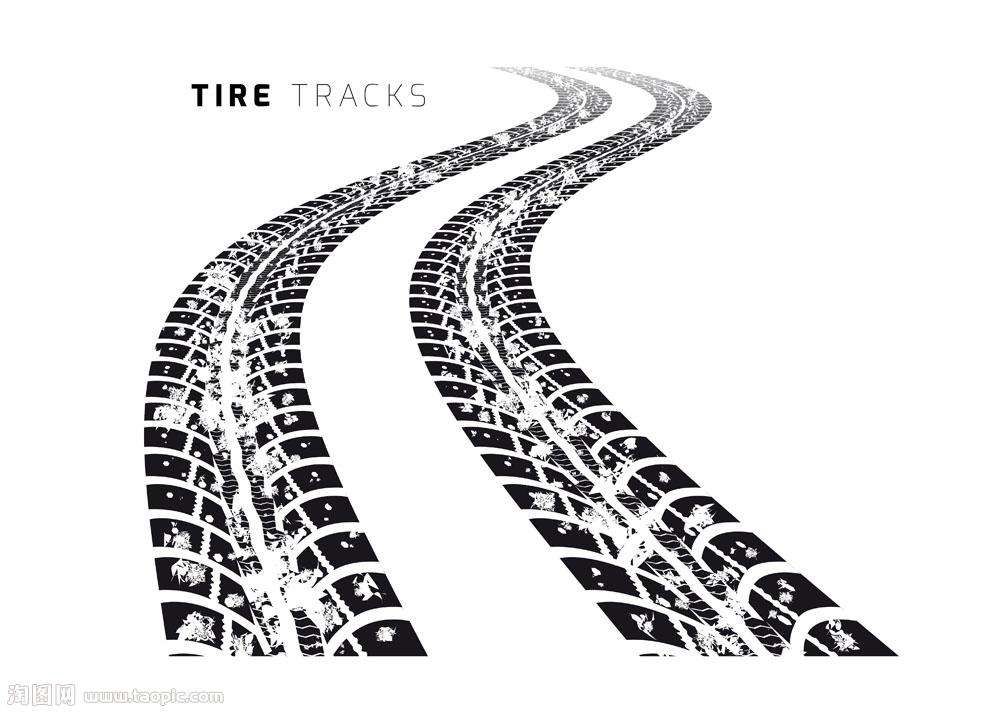 12
12
Was: $22.00
AMMO by MIG Accessories - Masking for Modelling Item: Streaking & Wet Effects Airbrush Stencils From the Manufacture
Out of stock
On Sale
Notify Me
Quick view
AMMO by Mig Jimenez
Now: $19.12
Was: $22.00
AMMO by MIG Accessories - Masking for Modelling Item: Splashes Mud Effects Airbrush Stencils From the Manufacturer:
Out of stock
On Sale
Notify Me
Quick view
AMMO by Mig Jimenez
Now: $13. 79
79
Was: $16.00
AMMO by MIG Accessories - Masking for Modelling Item: Paint Crack Effects Airbrush Stencils From the Manufacturer:
Out of stock
On Sale
Notify Me
Quick view
AMMO by Mig Jimenez
Now: $13.79
Was: $16.00
AMMO by MIG Accessories - Masking for Modelling Item: Chipping Effects Airbrush Stencils From the Manufacturer:</
On Sale
Add to Cart
Quick view
AMMO by Mig Jimenez
Now: $19. 12
12
Was: $22.00
AMMO by MIG Accessories - Masking for Modelling Item: Tire Tracks Effects Airbrush Stencils B Tracks 2 in 1 From the Manufacturer: Material: Kraft paper How to use: Spray the leak...
Out of stock
On Sale
Notify Me
Quick view
AMMO by Mig Jimenez
Now: $13.79
Was: $16.00
AMMO by MIG Accessories - Masking for Modelling
Item: Chipping Effects Airbrush Stencils
From the Manufacturer:
Size: 8.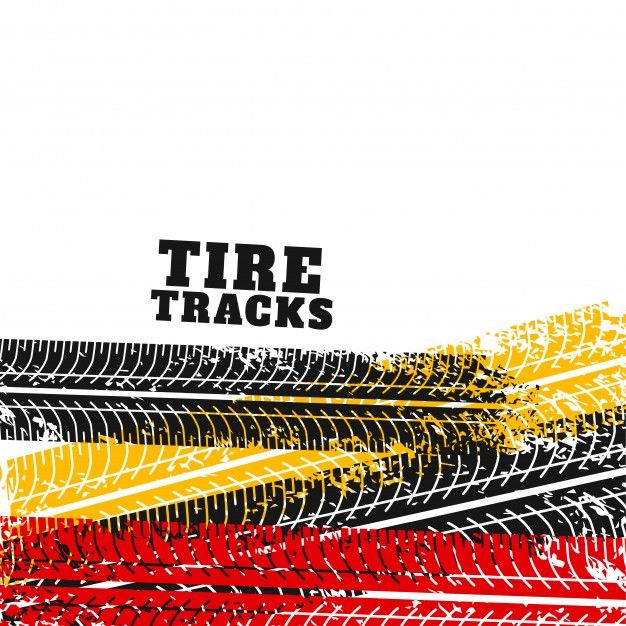 6x5.4cm
Material: Kraft paper
How to use: Spray...
6x5.4cm
Material: Kraft paper
How to use: Spray...
Out of stock
On Sale
Notify Me
Quick view
AMMO by Mig Jimenez
Now: $13.79
Was: $16.00
AMMO by MIG Accessories - Masking for Modelling Item: Paint Crack Effects Airbrush Stencils From the Manufacturer: Material: Kraft paper How to use: Spray the leak close to the...
Out of stock
On Sale
Notify Me
Quick view
AMMO by Mig Jimenez
Now: $13.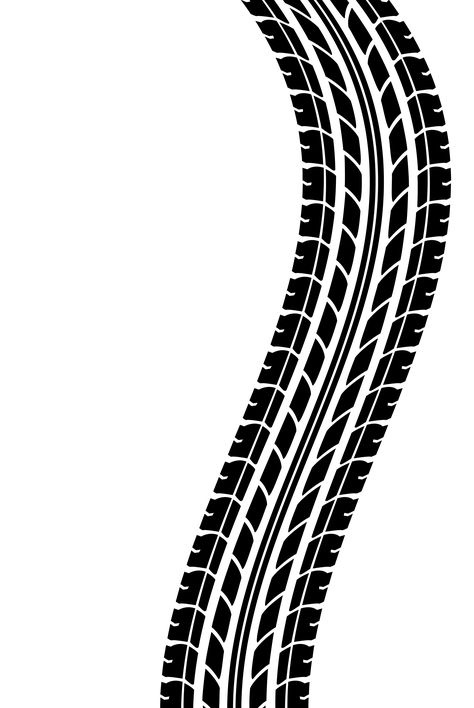 79
79
Was: $16.00
AMMO by MIG Accessories - Masking for Modelling Item: Salt Weathering Effects Airbrush Stencils (Sparse) From the Manufacturer: Material: Kraft paper How to use: Spray the leak close to...
Out of stock
On Sale
Notify Me
Quick view
AMMO by Mig Jimenez
Now: $13.79
Was: $16.00
AMMO by MIG Accessories - Masking for Modelling
Item: Splashes Blood Effects Airbrush Stencils
From the Manufacturer:
Material: Kraft paper
How to use: Spray the leak close to.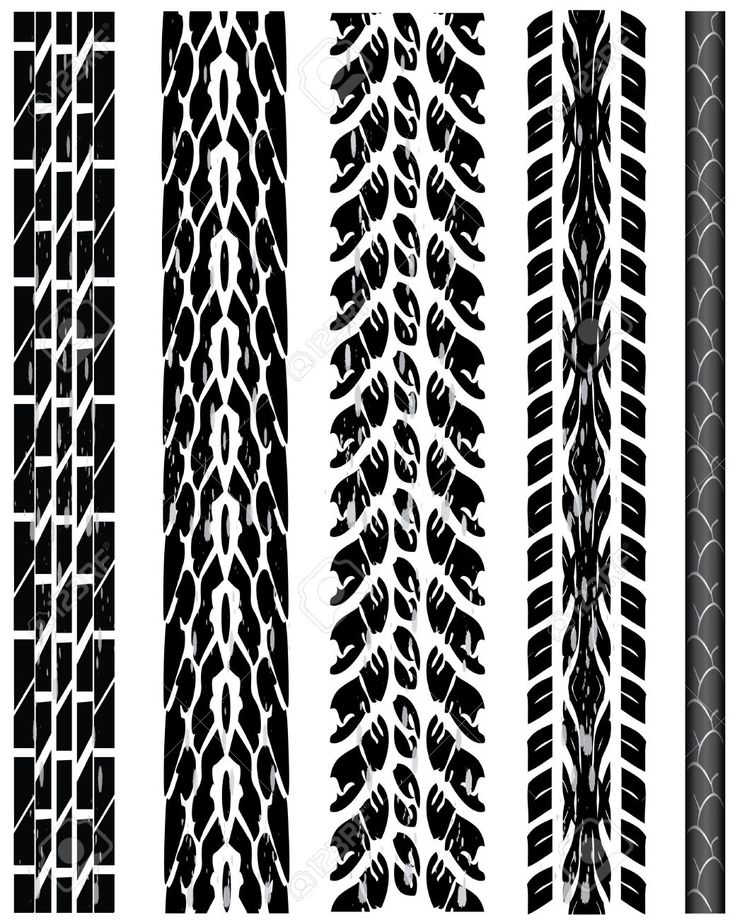 ..
..
Out of stock
On Sale
Notify Me
Quick view
AMMO by Mig Jimenez
Now: $13.79
Was: $16.00
AMMO by MIG Accessories - Masking for Modelling Item: Salt Weathering Effects Airbrush Stencils (Intensive) From the Manufacturer: Material: Kraft paper How to use: Spray the...
Out of stock
On Sale
Notify Me
Quick view
AMMO by Mig Jimenez
Now: $13. 79
79
Was: $16.00
AMMO by MIG Accessories - Masking for Modelling Item: Handprint & Shoeprint Airbrush Stencils From the Manufacturer: Material: Kraft paper How to use: Spray the leak close...
Out of stock
On Sale
Notify Me
Quick view
AMMO by Mig Jimenez
Now: $19.12
Was: $22.00
AMMO by MIG Accessories - Masking for Modelling
Item: Streaking & Wet Effects Airbrush Stencils
From the Manufacturer:
Material: Kraft paper
How to use: Spray the leak close. ..
..
Out of stock
On Sale
Notify Me
Quick view
AMMO by Mig Jimenez
Now: $19.12
Was: $22.00
AMMO by MIG Accessories - Masking for Modelling Item: Weathering Airbrush Stencils From the Manufacturer: Material: Kraft paper How to use: Spray the leak close to the surface...
Out of stock
On Sale
Notify Me
Quick view
AMMO by Mig Jimenez
Now: $19. 12
12
Was: $22.00
AMMO by MIG Accessories - Masking for Modelling Item: Splashes Mud Effects Airbrush Stencils From the Manufacturer: Material: Kraft paper How to use: Spray the leak close to the...
#1
#1
Who will tell you one of the ways how to add marks on the asphalt (or any other surface) from car tires when slipping. I need knowledge, I want to finish, remake my first animation.
I need knowledge, I want to finish, remake my first animation.
#2
#2
, for example, inherit particles, and then render them from the top and use them as a mask for black bars, in theory, you can even achieve the effect of different blackening intensity depending on the slip time.
#3
#3
I understood the idea itself, but I'm not familiar with the dynamics (effects), I'll have to break the head a little, apparently how to set it up. Also, the computer is weak 3 gigabytes of RAM in total. I'll try. Maybe there are other options?
#4
#4
put a little bitch under the wheel and attach it to the wheel, and then make an animation sweep out of it.
You can fantasize about this topic for a long time.
There is still a way to procedurally bake a trace into a texture sequence, but you'll have to deal with the SOuP plugin.
#5
#5
Well, I'm thinking of trying to make texture sequences) Thanks for the advice
In the last part of the tutorial, we discussed how masks work, what “texture” is, and that absolutely everything uses channels - pixel parameters.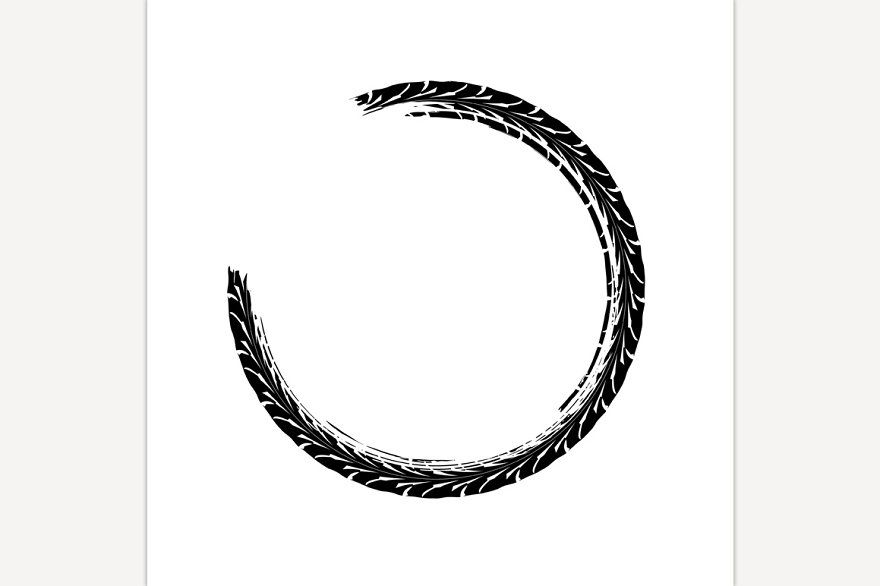 Now let's take a look at everyone's favorite PBR and collect textures to create wet dirty asphalt.
Now let's take a look at everyone's favorite PBR and collect textures to create wet dirty asphalt.
In this lesson, I will refer a lot to other tutorials and sources of information in order to minimize the volume of the tutorial itself. Most of the links will be provided at the beginning of the tutorial, so if you do not understand something from this tutorial, follow the links and read the information there. When you are ready, return to the splint and continue to learn the basics of the artist on surfaces. If any links are not available, please let me know in a personal or in the comments. I will definitely correct this misunderstanding.
Also, if something is not clear at all, please let me know so that I can reveal this topic in more detail.
Part 1. Pixel here
Part 2. Masks and textures here
Part 3. PBR and Materials - you are reading it.
Part 4. Models, normals and unfolding here.
Part 5 Material System here.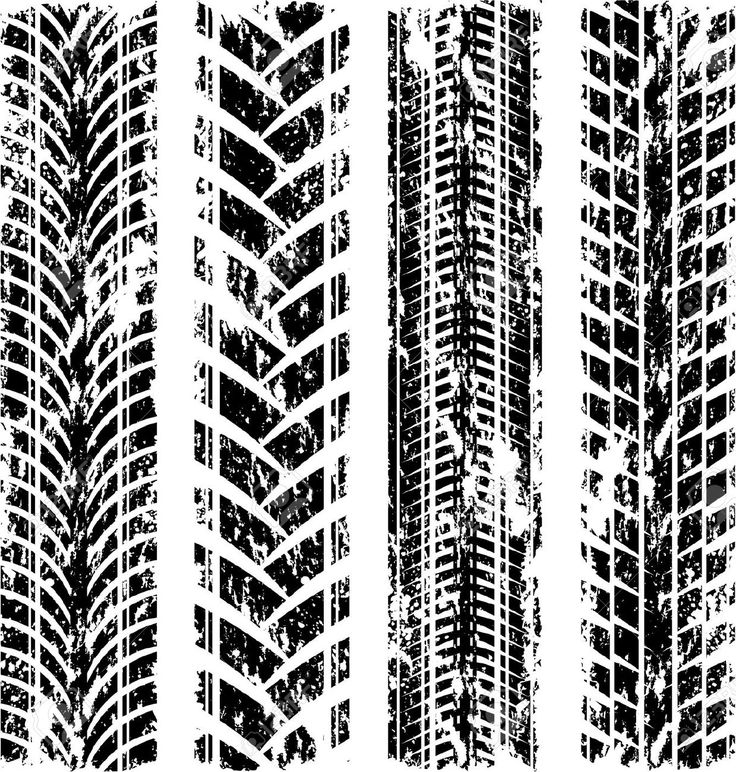
This abbreviation stands for: Physically Based Rendering . What does "Physics-Based Render" mean in translation?
As we all know, we could not see any object if the objects did not reflect the light that hits them. All this works very simply - a beam of light falls on the table, reflects and hits your retina.
Depending on the surface, on its condition (whether it reflects like a mirror, or has a roughness, whether there are drops of dirt / water / coffee on the surface), an already modified beam comes into your eye (let's say so). Moreover, a beam is not entirely correct, since it is already known that light is also a wave. But this is already too deep for us, and here I may be wrong.
But the essence remains the same - the way we see objects is built from the way light is reflected from the surface. And the PBR standard describes what parameters must be taken into account in order for the light to look as cinematic as possible.
I won't go into detail about the rules by which light is constructed, how it is reflected, and whether it is reflected at all. There are a bunch of articles about how light works at the physics level:
We will consider PBR from the point of view of the general concept and at the level of working with each parameter separately through pixel channels.
From the last part of the tutorial, we remember that PBR is actually created through the summation of parameters (do not go into formulas).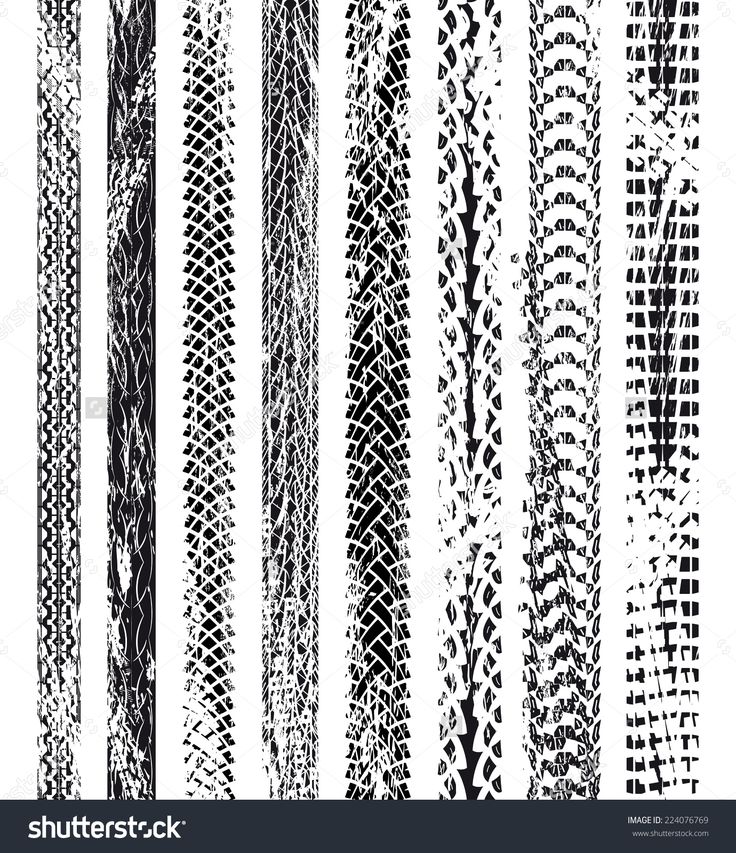 That is, PBR consists of a set of parameters:
That is, PBR consists of a set of parameters:
All parameters except Color and Normal map use 1 channel, and Color and Normal map use 3 channels each:
Offtop. normal map.
As for the Normal Map, its technical implementation (which channels are responsible for which slope) differs from the render settings. So, for example, in Unreal Engine 4 the Green channel is responsible for the negative value of the vertical slope, and in Unity for the positive value.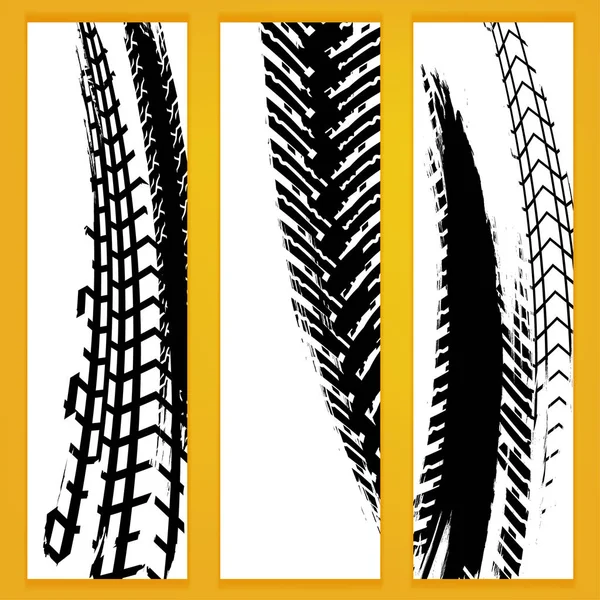
More information can be found here.
There is also a huge comprehensive article on how to bake a Normal Map and how to work with it in general, on the render.ru website here.
Link to discussion forum for normal and height maps (Height parameter) here.
And the Wikipedia description of bump texturing is here.
Now it is worth noting that physics-based rendering (display) has several different implementations. All of them are similar to each other and use the same pixel channels to adjust the final result. Usually there are 2 types of implementation:
The first type takes into account the parameters Color-Metal-Roughness , the second - Diffuse-Specular-Glossiness .
Both types of implementation use the same 3 parameters - AO, Normal map, Height .
Offtopic about which standard we will use
We will use the first option, since in the future we will transfer our training to Unreal Engine 4, and this engine uses the first combination option + has an additional Specular parameter, which once again shows that PBR is a convention.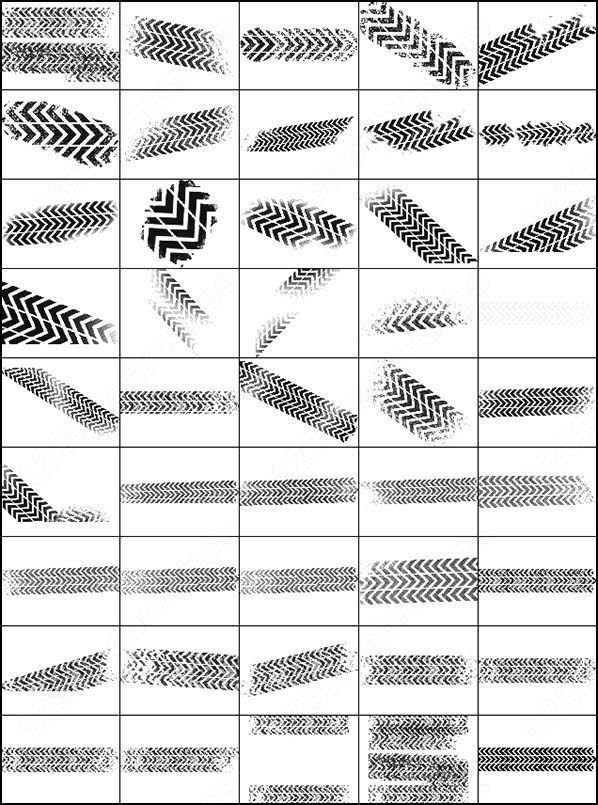
Moreover, in modern PBR, the Height parameter (height) is mixed and hidden in the Normal Map. In fact, it's easier to express roughness through a single Normal Map than to also calculate pixel depth/height, or something else in additional channels. Everything is simpler than it seems, and it’s better not to be smart with dozens of parameters.
Although the Height parameter is set separately when creating textures in Substance Painter, when textures are baked, it is sewn into the normal map (you can still select it in a separate channel if you want).
In total, the final result of the picture consists of overlaying parameters in one pixel:
Let's now look at how it works in Substance Painter. To do this, we again create a new project with the usual plane and standard settings (I talked about them in the second part of the tutorials). And create a new fill layer:
Now consider the standard normal texture from the Substance Painter "Niche Rectangle Top Wide" set, which is located under the tag Hard Surface :
Next, we will transfer this normal map to the Base Color layer parameter (we should remember how to do this from the previous lesson). This is what a normal map looks like when viewed as an image (image above). But now let's remove it from the BaseColor parameter (we did it for general information) by clicking on the cross in the parameter:
This is what a normal map looks like when viewed as an image (image above). But now let's remove it from the BaseColor parameter (we did it for general information) by clicking on the cross in the parameter:
And transfer it to the Normal parameter:
Your final result is immediately updated. Now, if you hold Alt and LMB, you can rotate the camera and look at the plane from different angles. The light reflected from the pixels will begin to shimmer, creating the illusion of depth. As if there really are some depressions and bulges on the plane. All this is noticeable at an angle of 90 to 140-150 degrees. And the larger the tilt angle, the more it becomes clear that this is the calculation of the video card, which determines how each pixel should reflect light in order to create this illusion. As initial values, we pass 3 parameters to the video card in the form of pixel channels (in other words, the Normal map texture):
Now let's pervert. Let's remove this map from the Normal parameter and specify it in the Metallic channel.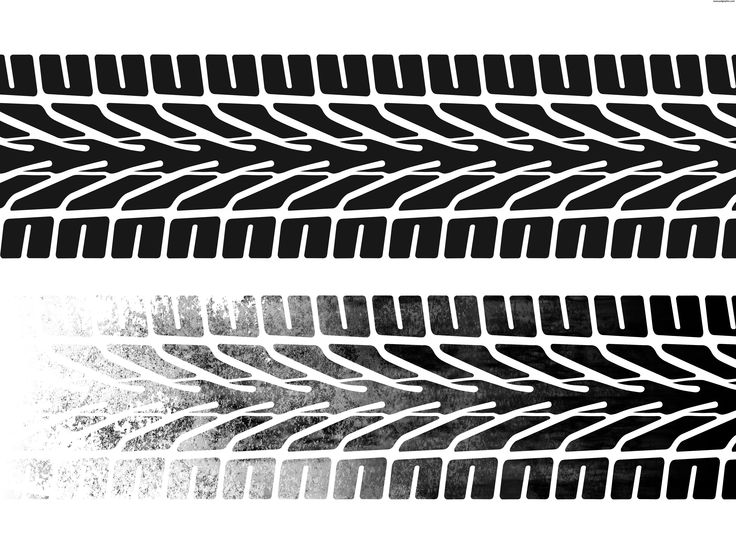 Metallic has one channel, and the normal map has 3 channels, respectively, by inserting a normal map into this parameter, Substance Painter will cut off 2 extra channels (I assume GB) and leave only one for calculations:
Metallic has one channel, and the normal map has 3 channels, respectively, by inserting a normal map into this parameter, Substance Painter will cut off 2 extra channels (I assume GB) and leave only one for calculations:
And the result:
The end result is now that there are no more bulges and depressions, but the surface itself began to look like some kind of metal board. You can also see how the Metallic parameter will look like alone, without other parameters (BaseColor and others), by switching the display mode to 1 Metallic channel (if you have not changed anything, then in the viewport on the top right there is an option to switch the display):
Select metallic and get the following result:
As you can see, this is one grayscale channel that determines which pixels should look like metal, which should look like something in between, and which should not look metal. 0 is not metallic. 1 - metal.
Similarly with the Roughness channel - any texture will work with it. It depends on what end result you need. You can try to stick any texture available to you into the Roughness channel yourself and see the result.
It depends on what end result you need. You can try to stick any texture available to you into the Roughness channel yourself and see the result.
The word "material" usually means a collection of ready-made parameters, the combination of which gives a cinematic result - material (in other words, texture, surface).
Let's take, for example, this leather chair:
Visually, the chair consists of 3 materials:
Each material has its own parameters:

And this is how the parameters of the skin look visually:
Let's summarize:
Now we know:
Based on all this, we can now imagine how you can create wet, dirty asphalt with tire tracks. Can we?
And what do we need in order to collect wet, dirty asphalt with tire tracks?
First, we need to decide on the amount of materials that will be used in our tutorial:

Then add them to the Substance Painter project.
Where can I get materials?
The question arose - where to get these materials? You can suffer a little and create a collection of parameters for each material manually. For example, find an image of asphalt. Crop it to a square and make it the BaseColor. Then, using special programs (for example, xNormal), create a normal map from this image. Adjust Metallic and Roughness through the normal map (you can also use BaseColor). As a result, spend several hours creating the ideal asphalt material, checking the correct parameters for metal and roughness.
And you can make everything easier.
As I said above, most of the materials have already been prepared for you long ago. Your task is only to find ready-made solutions that meet your requirements, download them and install them. If you use Substance Painter, then allegorithmic (now Adobe) has a dedicated repository of ready-made materials that you can download. Access to them is both paid and free.
Access to them is both paid and free.
If you use Quixel, then hundreds of different materials are already included in this program, and you just need to specify them and start working with masks. Which, by the way, is very convenient for beginners, so if you have just started to master texturing and are not yet ready to work with material generation, I recommend starting with Quixel. Same principle, different wrapper. There are tutorials on the program on the Internet.
Here (Link) you can download the textures for the materials that we will use in our practice.
Our goal now is not to create very high-quality textures, but to get acquainted with how you can create something interesting with the help of PBR parameters and masks. Therefore, at this stage, we will not use mask or mud generators, but will do everything manually to understand the essence. Once you understand , the essence of , the basis of it all, you will be able to use the generators much better than just starting to twist them in the hope of getting the perfect mask / material.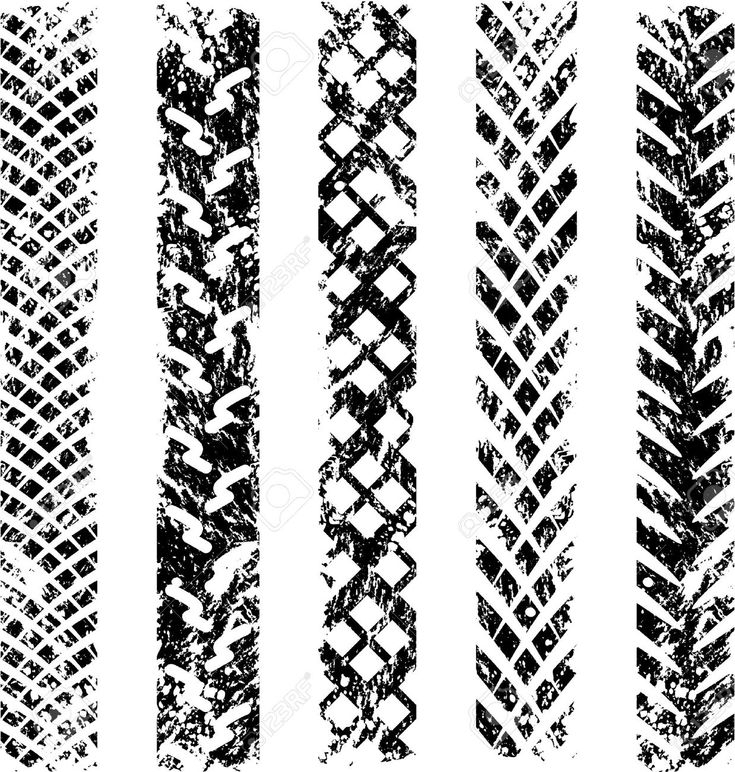
If you have already looked at the files, you probably noticed the tire mask. It's prepared separately as I can't generate it on the fly in Substance Painter, so I took a tire pattern found on the internet and prepared it in Photoshop to work in Substance Painter:
Now let's create a new project and add all our files into it. To do this, we select the standard settings, but now we also need to specify our texture maps when creating a project:
In the project, we will create 3 folders for each material and name them so as not to get confused:
In our case, the folder hierarchy is very important (and not only in ours, but always important). Hierarchy determines the level of material, in other words, what lies on what. The asphalt in our example is the bottom. It has tire marks on it. But the dirt can be on the tracks of the tires, and on the pavement. Therefore, dirt will be above all.
Now let's immediately hide everything that needs to be hidden and leave only the asphalt.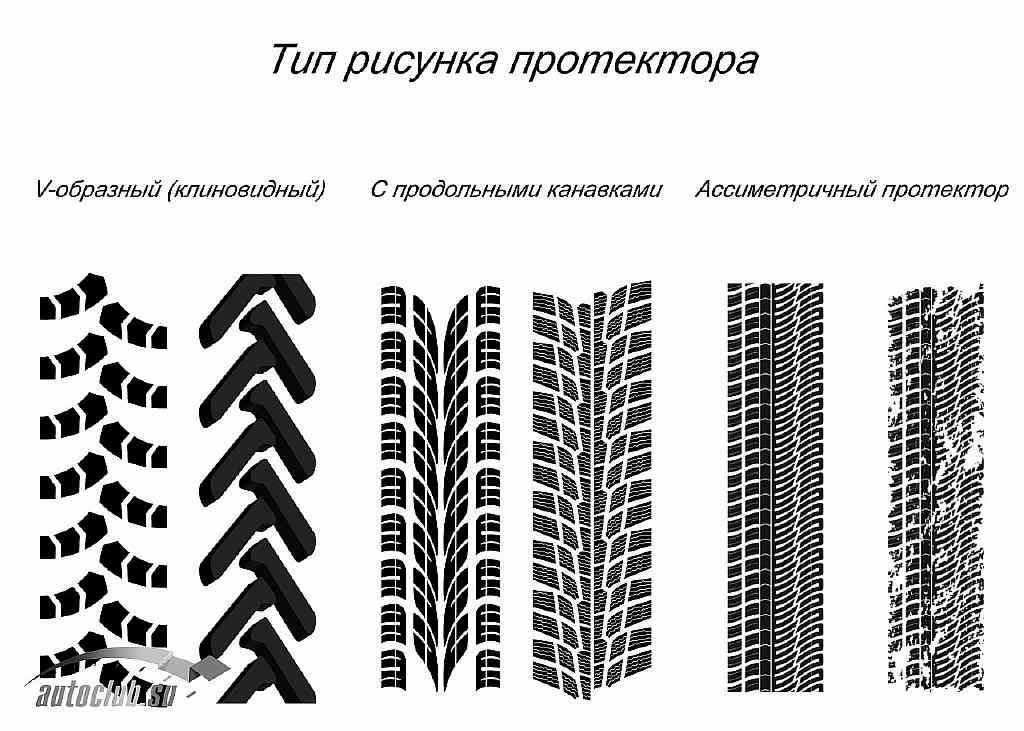 That is, let's create black masks on the Rubber and Dirt folders:
That is, let's create black masks on the Rubber and Dirt folders:
Now let's create the 1st layer in each folder. More precisely, we will create layers and distribute them into folders. Don't forget about the naming so that you don't get confused later (despite the fact that it's not visually clear that the layers are in folders - believe me, they are in folders):
All new layers have basic average parameters. Therefore, the Base Color is gray, the normal does not show bumps, and Metallic and Roughness do not give the impression of any material.
And now we need to fix this by specifying the appropriate texture in each parameter (for example, asphalt):0009
Your task now is to distribute all the material textures into the desired layer parameters. Once you've done all that, let's assign a mask to the rubber and create the trail effect. Since we already have a black mask for the folder, we just need to connect the file with the traces of the wheels to this mask.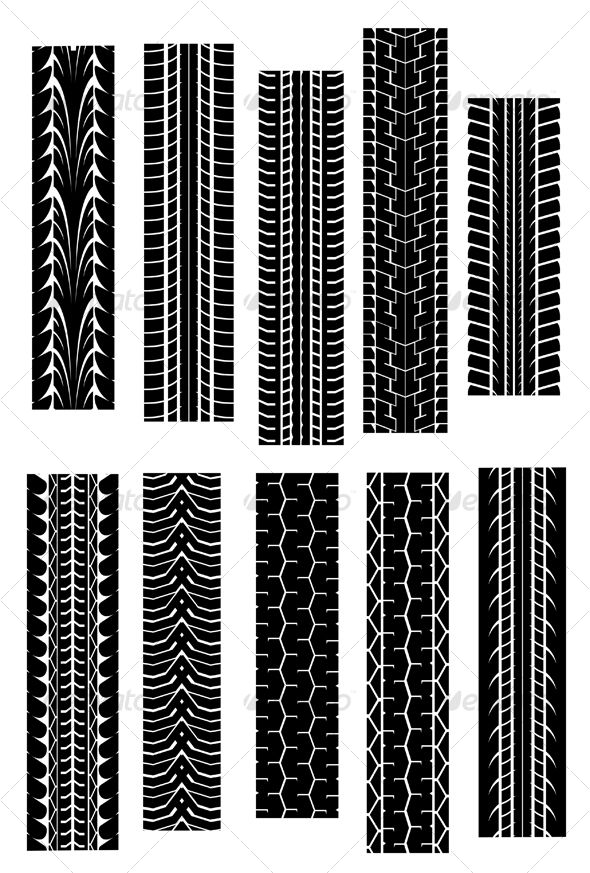 To do this, right-click on the mask and select Add Fill:
To do this, right-click on the mask and select Add Fill:
And in the GrayScale parameters, specify the mask:
As a result, traces of rubber will appear on the asphalt, but it will be quite difficult to see them, since this is still PBR and cinematic ( !!!). To see them, you need to rotate the Plane at a certain angle:
Now these two layers (asphalt and rubber) are on the same level. But we know that the rubber is ON asphalt, which means that the rubber layer must be physically higher. And now we will use the same Height parameter.
Find it in the Rubber Layer Options and turn it all the way up to get a feel for how it works. Move the camera around to see how the light begins to process the pixels you've set up yourself. Feel your power! =)
Well, now adjust the parameter to 0.1 so it's not so obvious and more believable:
We could turn it to -0.1 so that we have dimples, like after cars on mud, but this is asphalt, and it doesn't fall off that easily.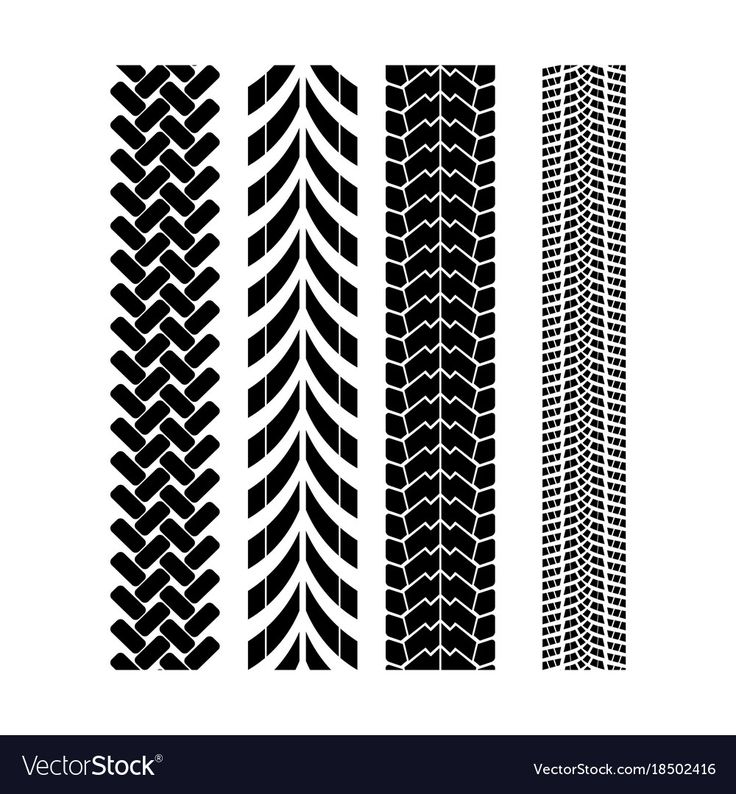
Now let's set up the dirt. Based on reality, it can be assumed that the dirt should be hammered into the asphalt cracks in the first place. But we don't have a mask so we can reveal the layer of dirt in the cracks. However, there is a solution - we can take the BaseColor of the asphalt and make a mask for the dirt based on it.
How does it work? If you look at the BaseColor of the asphalt, you can see that the darker the pixel, the more it looks like a crack. That is, in this image, everything dark is cracks, and everything light is the surface. And if we want to use the image as a mask, then it would be enough for us to invert the colors (dark to light and vice versa) of the pixels, and we have a mask for dirt.
To do this, turn off the display of the asphalt layer (by clicking on the eye next to the asphalt folder) to make it easier to perceive what we are doing.
Next, we indicate that there should be a file in the dirt mask and attach the Asphalt_BaseColor file to it:
As I wrote above, asphalt was light, and cracks were dark. Accordingly, dirt has begun to show up on large surfaces, and the base gray color (base parameters / background) dominates in the cracks.
Accordingly, dirt has begun to show up on large surfaces, and the base gray color (base parameters / background) dominates in the cracks.
Now our task is to make this texture look different - invert the colors and boost them so that the mask shows the dirt in the cracks. The easiest way to do this is with the additional effect “Levels” (Levels). Add an additional "Levels" filter to the mask in the same way as we added Fill (RMB - Add Levels). And we unscrew the parameters approximately as in the picture below:
And click on the “Invert” button below to invert the channel intensity levels:
Now the dirt is located exactly where we need it - in the asphalt cracks:
Turn on the asphalt and look at our work:
But it's too easy. Therefore, let's now add orange markings to our asphalt. To do this, we will need:
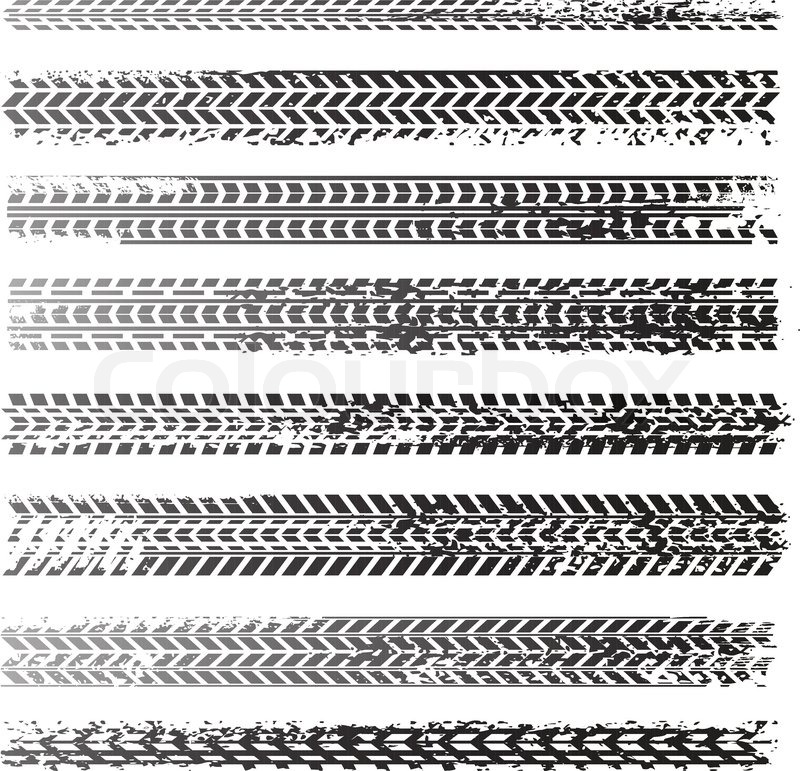
You can also adjust the Metallic and Roughness settings to your liking to create realistic paint. I did not do this in order to reduce the time of the tutor.
Now, remembering the rules of the layer hierarchy, let's place the folder with the road line between asphalt and rubber:
It's time for hand drawing. Select the mask of the RoadLine folder and draw a marking strip on the plane. I ended up with something like this:
Now it's time to add another mask to the paint layer itself to create the impression of peeled off paint. To do this, we will not create a folder, but create a mask directly on the layer and add any standard Substance Painter mask. To do this, add a mask, and then add a fill (RMB on the mask and Add Fill). In the fill, specify the Dirt 4 Texture, which is under the Procedural tag:
And look at the result:
Do not forget that you need to specify the height of the paint layer.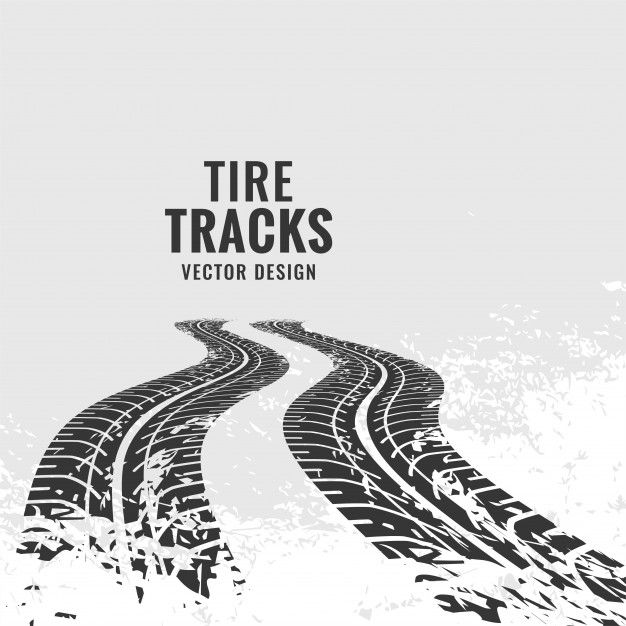 I propose to specify 0.05 - the average between rubber and asphalt.
I propose to specify 0.05 - the average between rubber and asphalt.
Be careful, because for this you need to select the layer, not the mask. You can manually specify the value by clicking on the number to the right of the top of the slider.
What is asphalt without water?
To do this, create your own folder along with the layer. Bye NOT add no masks.
Set the folder to the top of the hierarchy. After all, the water is on top, right? Turn the layer to maximum Metallic and minimum Roughness. Next, set the height of the water to 0.15.
And now disable the Color channel by clicking on the button highlighted in blue:
What happened? There was a mixing of all the lower layers according to the masks and the layer with water. But water now has no color channel, which means that it cannot paint pixels in the colors it needs. For that, all other channels affect the texture pixels, and the asphalt became as wet and unpleasant as possible, as if it wasn’t asphalt at all =)
Now for the homework: apply masks so that the asphalt is not completely wet, but with small puddles. Remember that puddles don't have bumps on the surface - consider how you need to blend the layers so that the puddles are smooth. And what else needs to be done for this? I'm sure you can do it =)
Remember that puddles don't have bumps on the surface - consider how you need to blend the layers so that the puddles are smooth. And what else needs to be done for this? I'm sure you can do it =)
Result
In this tutorial, we've covered how to create textures. In general, with the right settings, you can already start texturing and even call yourself a junior texture artist.
We learned how PBR works.
Parameters in PBR need not be unique. These are still normal parameters that we can specify via pixel channels.
We can use the same textures in different ways. This gives us an advantage - we do not need to load memory with extra files with a large number of pixels, but it is enough to load one file and tell the program how to calculate it.
We got to know the materials and how they are assembled. Now you know that it is not necessary to be a super-cool Photoshop master, but it is enough to find ready-made parameters so that the program can correctly present the material from them.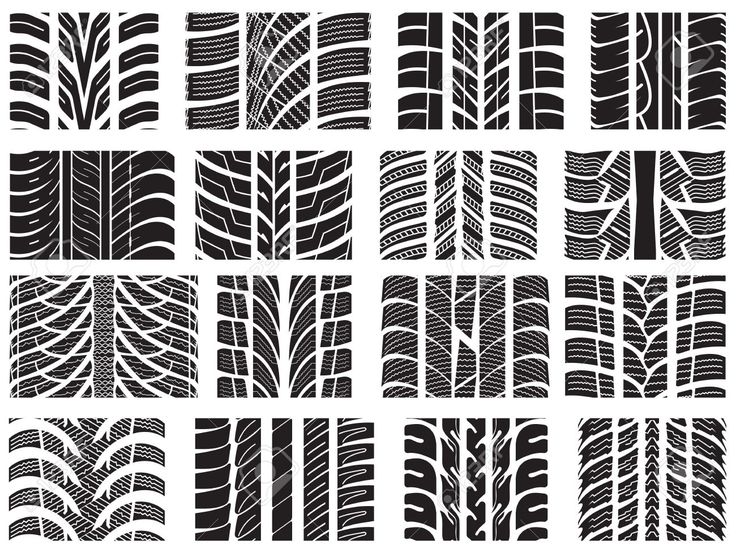
In the following parts, we will touch on topics such as unwrapping, texel density (and what a texel is), and finally we will come to the most interesting part - creating your own shaders in UE4.
Quixel and Substance Painter
I always recommend that beginners who are really into creating textures from materials (not materials themselves) start working with Quixel. Since this program already knows hundreds of ready-made presets, which are very easy to control and configure, and through masks you can achieve the same result as we have in practice through Substance Painter.
As for Substance Painter, its power begins to show itself when the third program Substance Designer is included in the work. Designer allows you to create your own materials by generating the surfaces we need. The cool thing about the designer is that you can create "smart materials" that have internal mask settings that control the quantity and quality of internal materials. That is, "smart materials" in this case is a container that contains several materials and preset masks, which are regulated by formulas and algorithms that the artist prescribes in Designer.
This container is then exported to Painter, where it is fine-tuned. For example, we created our wet asphalt in Painter. But we could collect in Designer and connect a bunch of additional settings that would allow us to change the result on the fly, in one place, and not switch among a bunch of masks, as in Painter.
About PBR and the translation of this abbreviation
Very often PBR is translated as physically correct rendering. I believe that the exact translation is important here, because translations like “Physically correct” are fundamentally wrong, since the render in this case is based on physics, but does not have to be correct in relation to physics. You can make metal = 1, and roughness equal to 1, and include a bunch of other parameters in addition, and it will no longer be a material that is correct from the point of view of physics, but based on it and converted by you into your own set of parameters. That is, by creating materials based on PBR, you can absolutely completely ignore the laws of physics and create a material that will be unique in its kind.